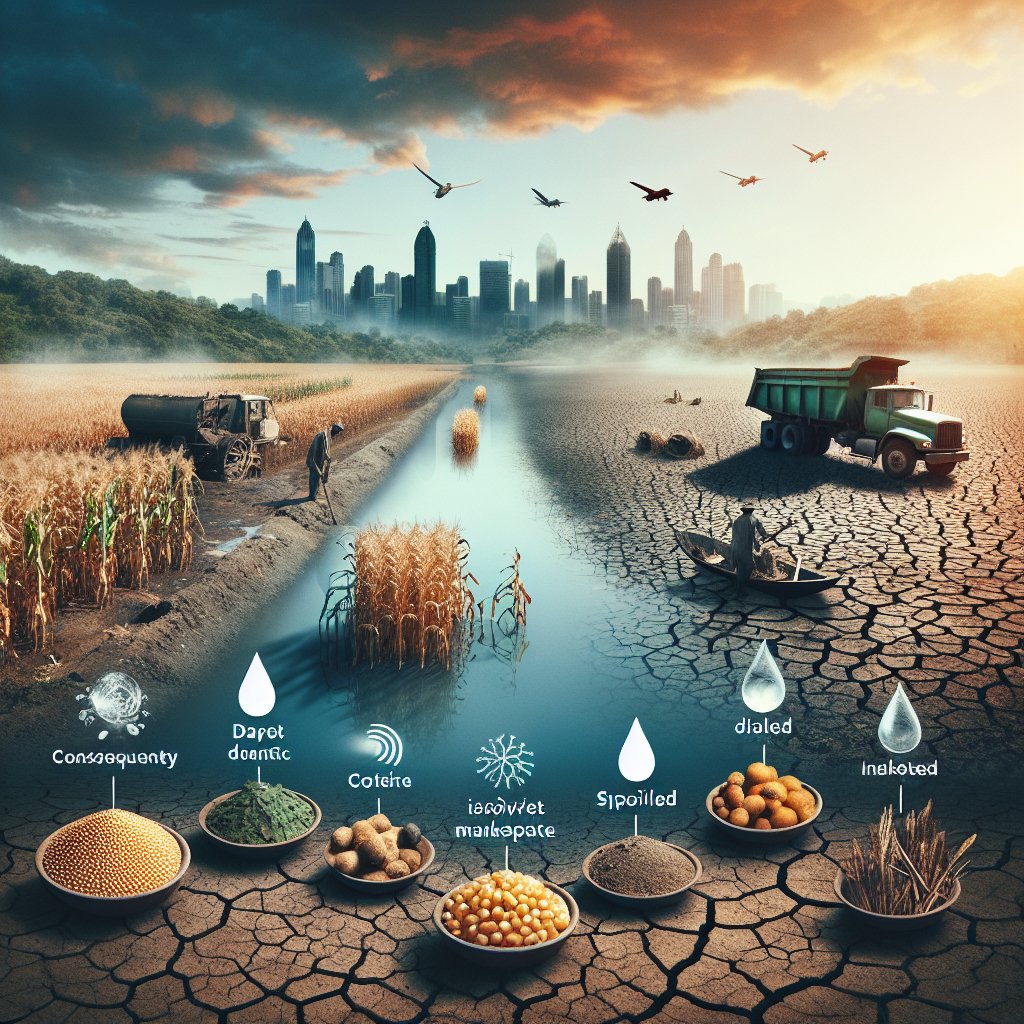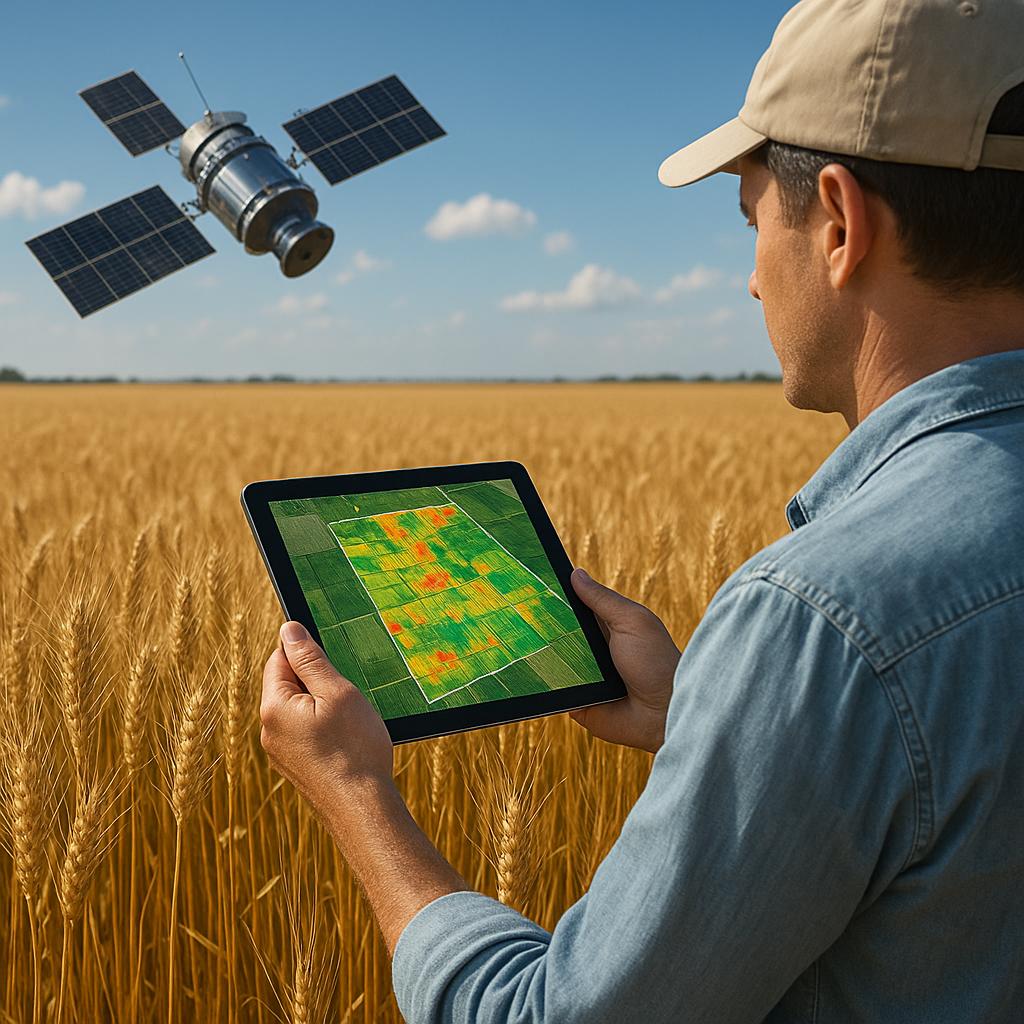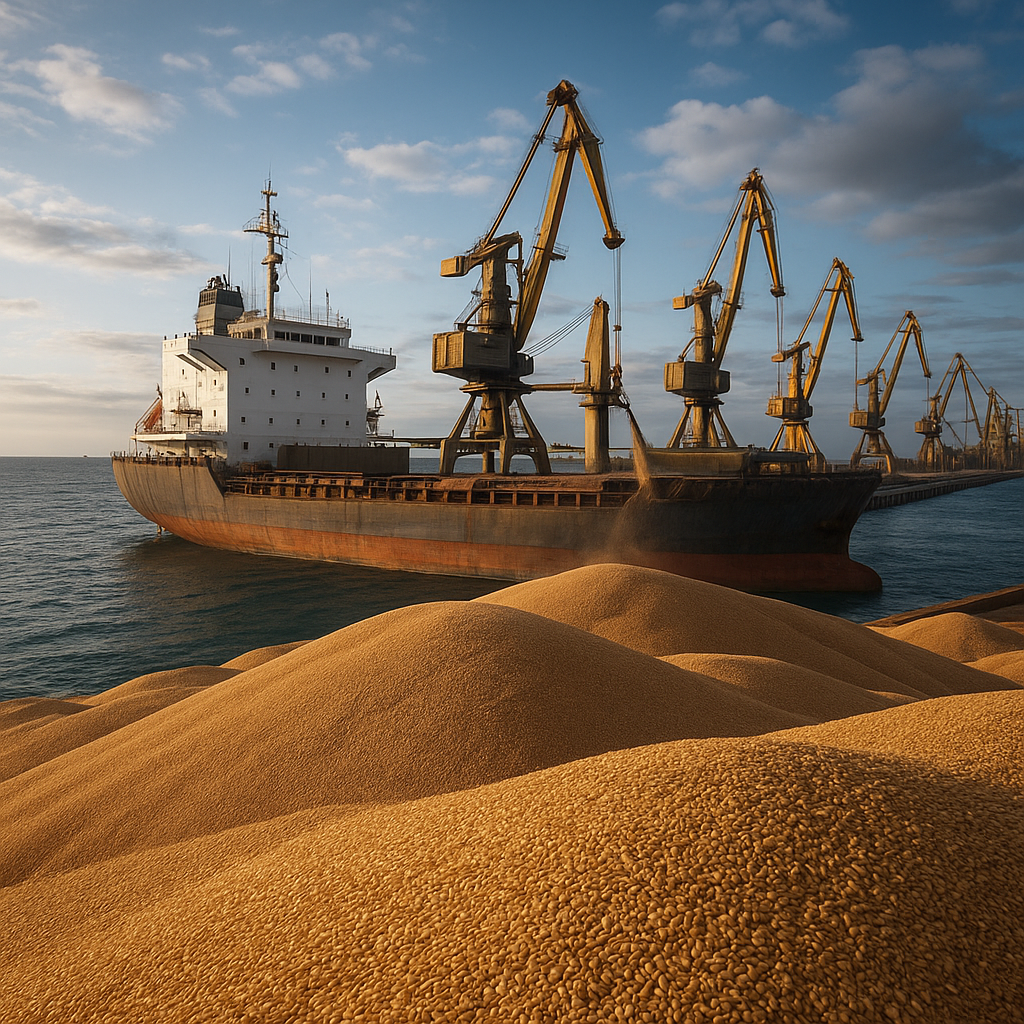The impact of water scarcity on grain markets is a pressing issue that affects food security, agricultural productivity, and economic stability worldwide. As climate change intensifies and water resources become increasingly limited, the agricultural sector faces significant challenges in meeting the growing demand for grains. This article explores the multifaceted relationship between water scarcity and grain markets, examining the implications for farmers, consumers, and global trade.
Understanding Water Scarcity and Its Causes
Water scarcity refers to the lack of sufficient available water resources to meet the demands of water usage within a region. It can be caused by various factors, including climate change, population growth, and inefficient water management practices. The World Resources Institute estimates that nearly one-third of the world’s population lives in water-stressed countries, where the demand for water exceeds the available supply.
Climate change plays a significant role in exacerbating water scarcity. Altered precipitation patterns, increased evaporation rates, and more frequent droughts contribute to the depletion of freshwater resources. Additionally, rapid urbanization and industrialization lead to increased water consumption, further straining available supplies. In many regions, agricultural practices that rely heavily on irrigation exacerbate the problem, as they consume a substantial portion of freshwater resources.
The Role of Grains in Global Food Security
Grains, including wheat, rice, corn, and barley, are staple foods for billions of people worldwide. They serve as the foundation of many diets and are crucial for food security. The Food and Agriculture Organization (FAO) emphasizes that grains account for approximately 50% of the calories consumed globally. As such, any disruption in grain production due to water scarcity can have far-reaching consequences for food availability and prices.
Grain production is highly dependent on water availability. Irrigated agriculture, which accounts for about 20% of the world’s cultivated land, produces approximately 40% of global food. When water scarcity limits irrigation, crop yields decline, leading to reduced grain supplies. This, in turn, can drive up prices, making it more difficult for vulnerable populations to access essential food resources.
Economic Implications of Water Scarcity on Grain Markets
The economic implications of water scarcity on grain markets are profound. As water becomes scarcer, the cost of irrigation increases, leading to higher production costs for farmers. These increased costs are often passed on to consumers in the form of higher prices for grains. In regions where water scarcity is acute, farmers may be forced to abandon their fields, leading to reduced agricultural output and increased unemployment in rural areas.
Moreover, water scarcity can lead to market volatility. When grain supplies are disrupted, prices can fluctuate dramatically, creating uncertainty for both producers and consumers. This volatility can deter investment in agriculture, as investors may be hesitant to commit resources to a sector that is increasingly vulnerable to climate-related risks.
Case Studies: Regions Affected by Water Scarcity
Several regions around the world are experiencing the detrimental effects of water scarcity on grain production. Understanding these case studies can provide valuable insights into the broader implications for global grain markets.
The American West
The American West, particularly states like California, has long been a significant agricultural hub, producing a substantial portion of the nation’s fruits, vegetables, and grains. However, prolonged drought conditions have severely impacted water availability in the region. Farmers have faced tough decisions regarding crop selection and irrigation practices, leading to reduced yields and increased prices for grains.
The Middle East and North Africa
The Middle East and North Africa (MENA) region is one of the most water-scarce areas in the world. Countries like Egypt and Jordan rely heavily on the Nile and Jordan rivers for irrigation. However, over-extraction and climate change have led to declining water levels, threatening grain production. The region’s reliance on grain imports makes it particularly vulnerable to global market fluctuations, exacerbating food insecurity.
Sub-Saharan Africa
Sub-Saharan Africa faces significant challenges related to water scarcity and grain production. Many countries in this region depend on rain-fed agriculture, making them highly susceptible to droughts. As water resources dwindle, farmers struggle to maintain crop yields, leading to increased food prices and heightened poverty levels. Initiatives to improve water management and irrigation practices are critical to enhancing food security in this region.
Strategies for Mitigating the Impact of Water Scarcity
Addressing the challenges posed by water scarcity requires a multifaceted approach that involves governments, farmers, and communities. Several strategies can be implemented to mitigate the impact of water scarcity on grain markets:
- Improved Water Management: Efficient water management practices, such as rainwater harvesting and drip irrigation, can help optimize water use in agriculture.
- Investment in Research and Development: Developing drought-resistant crop varieties can enhance resilience to water scarcity and improve yields.
- Policy Interventions: Governments can implement policies that promote sustainable water use and incentivize farmers to adopt water-efficient practices.
- Education and Training: Providing farmers with training on sustainable agricultural practices can help them adapt to changing water availability.
- International Cooperation: Collaborative efforts among countries sharing water resources can lead to more equitable and sustainable water management.
The Future of Grain Markets in a Water-Scarce World
The future of grain markets in a water-scarce world is uncertain. As climate change continues to impact water availability, the agricultural sector must adapt to new realities. Innovations in technology, sustainable practices, and policy frameworks will play a crucial role in shaping the resilience of grain markets.
Farmers will need to embrace new technologies that enhance water efficiency and crop resilience. Additionally, consumers may need to adjust their dietary preferences in response to changing grain availability and prices. The global community must prioritize sustainable water management to ensure food security for future generations.
In conclusion, the impact of water scarcity on grain markets is a complex issue that requires urgent attention. By understanding the causes and implications of water scarcity, stakeholders can work together to develop effective strategies that promote sustainable agricultural practices and ensure food security in an increasingly water-scarce world.













